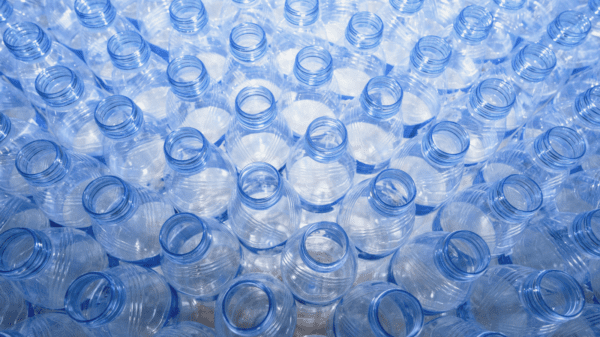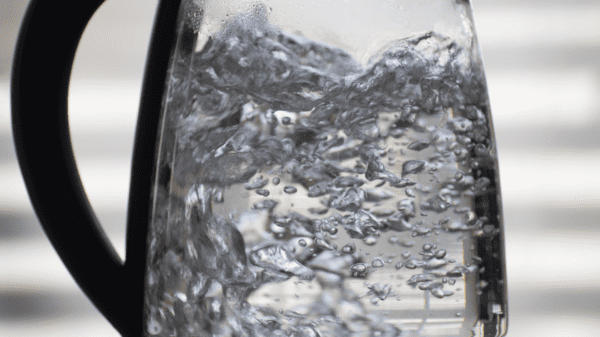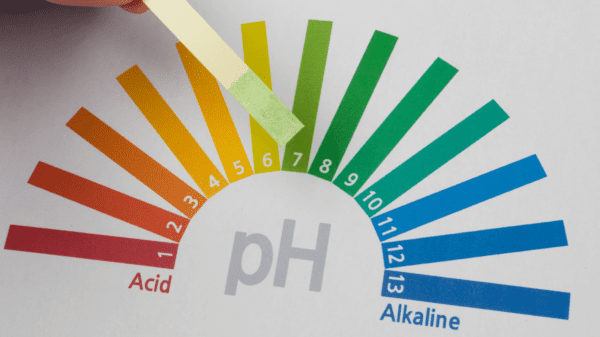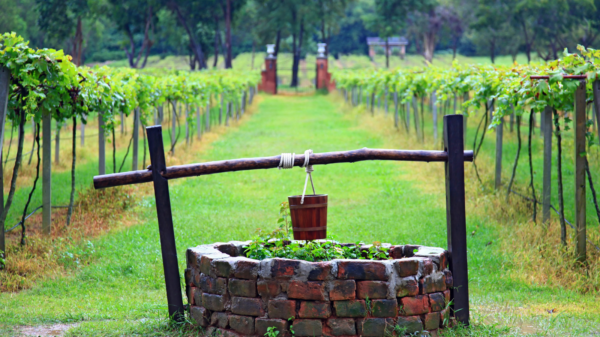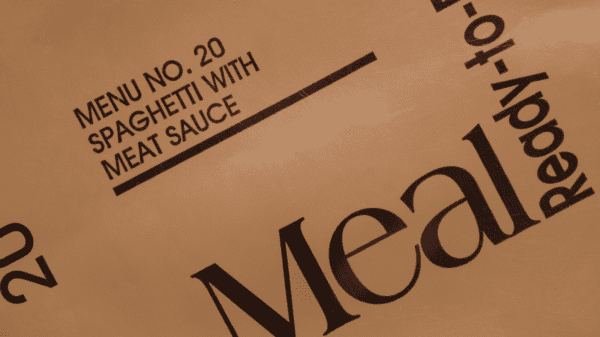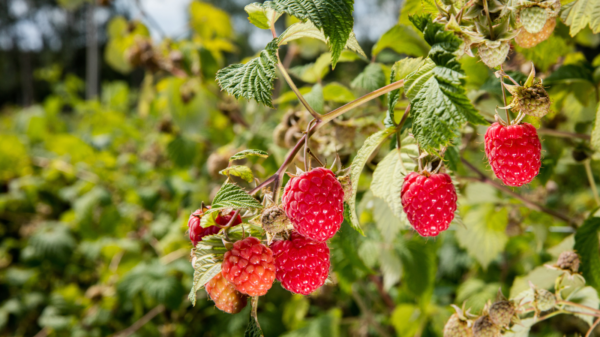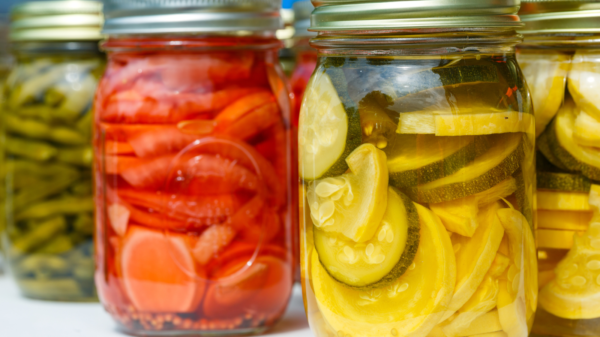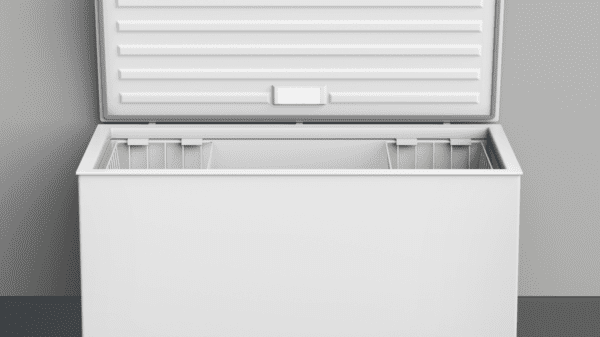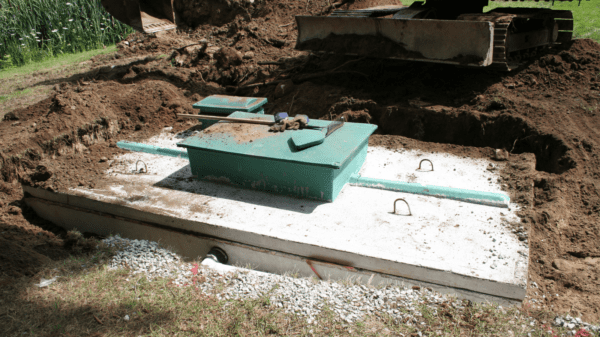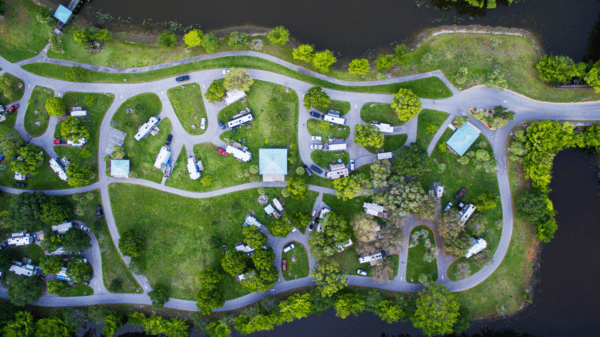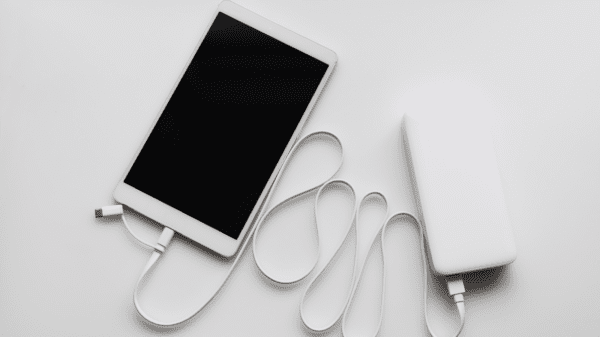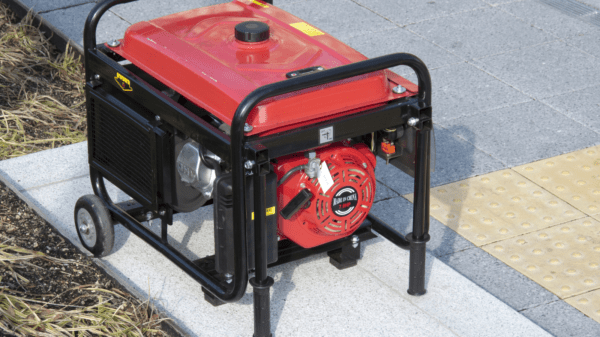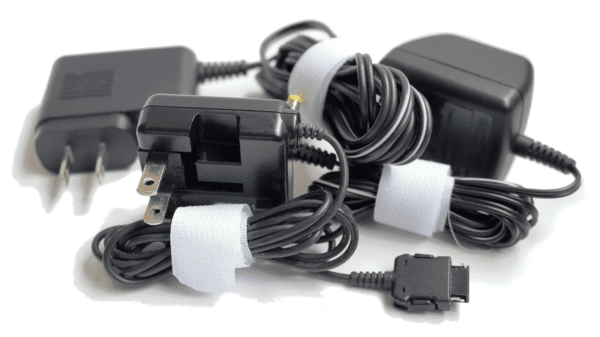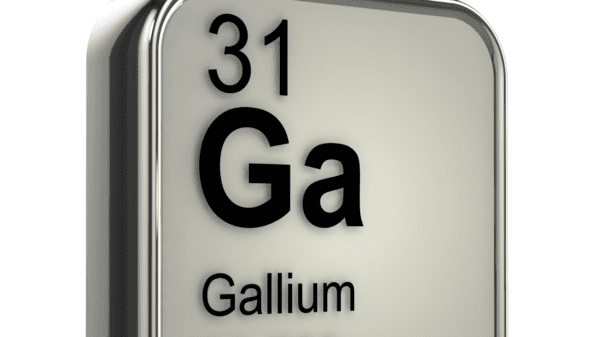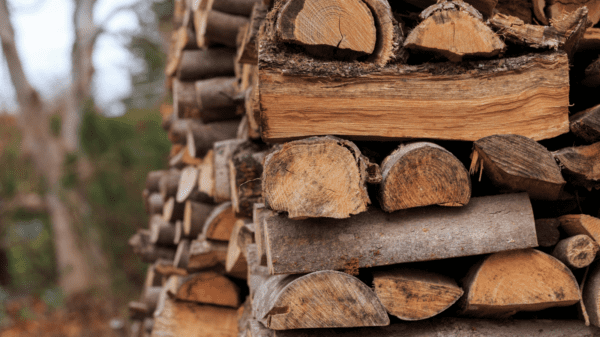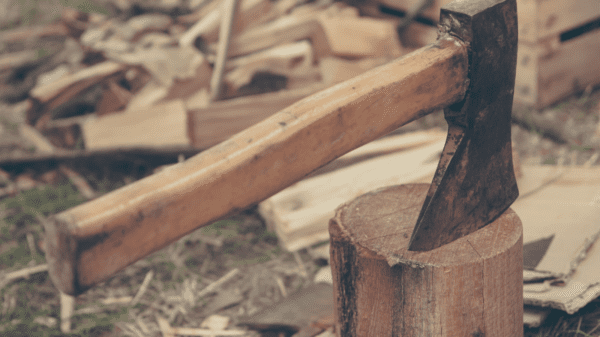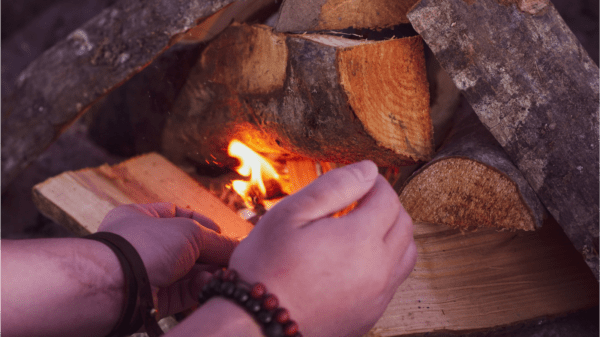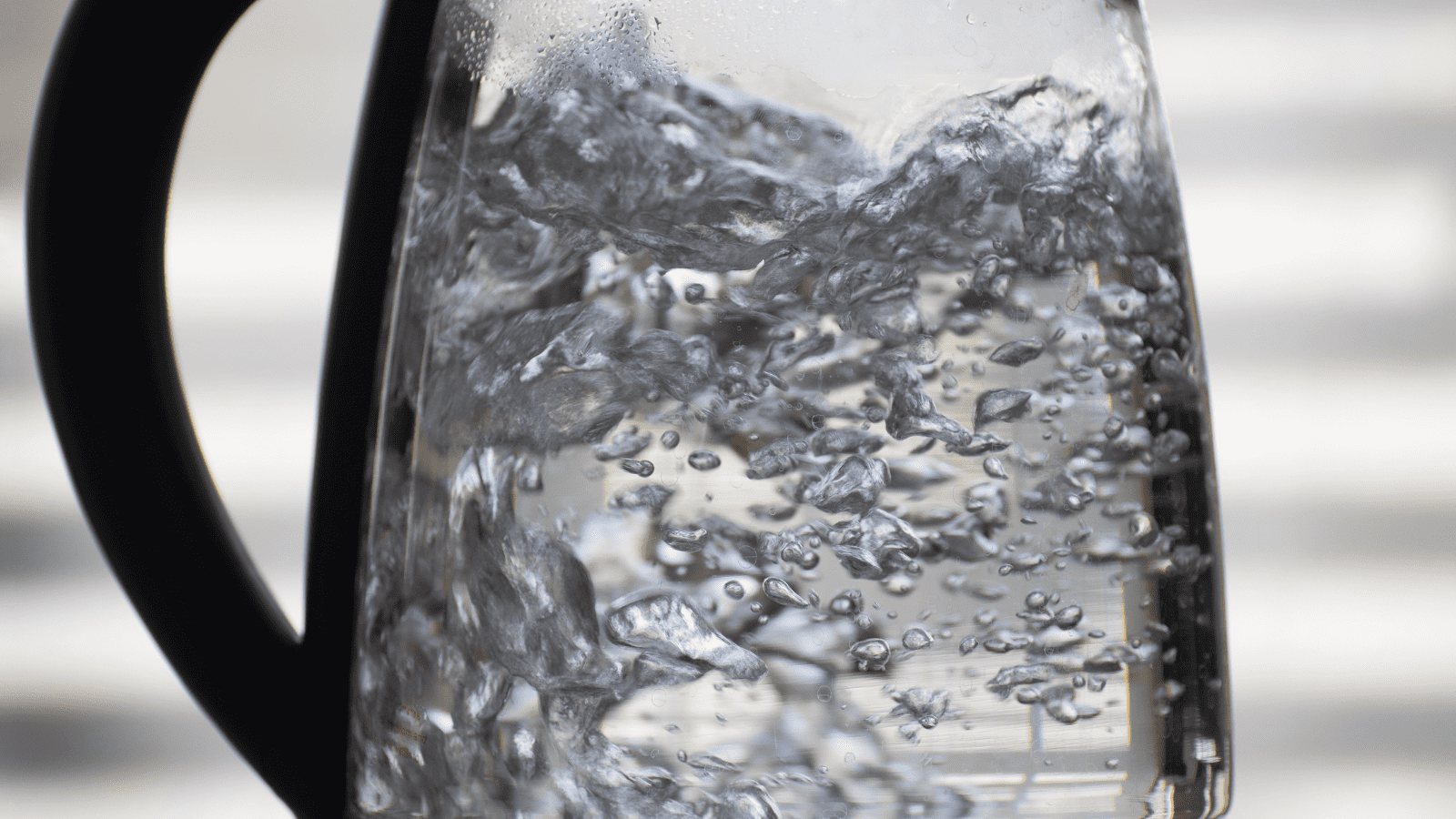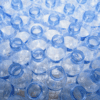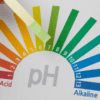Table of Contents
Boiling Water For Safety
Boiling water can help kill harmful microorganisms, improve water safety, and make it safe to drink or use for other purposes. When water is heated to its boiling point (100°C or 212°F), the heat energy causes the microorganisms to break down and become inactive, making the water safe to drink. You should boil your water in the following situations:
- During a boil water advisory: If you receive a notification from your local water supplier or health department that your tap water is contaminated, you should boil your water for at least one minute before using it for drinking, cooking, or brushing your teeth.
- When camping or hiking: If you are in a remote area or camping, it’s important to boil any water that you collect from natural sources, such as streams or lakes, to eliminate the risk of waterborne illnesses.
- After a natural disaster: Following a natural disaster, such as a flood or hurricane, water sources may be contaminated, so it’s important to boil your water before using it for drinking or cooking.
- When making baby formula: If you are using tap water to make baby formula, it’s recommended that you boil the water first to ensure that it’s safe for your baby to consume.
Overall, if you are unsure about the safety of your tap water or if you are in a situation where water sources may be contaminated, it’s always best to err on the side of caution and boil your water before using it.
When is boiling water not enough?
There are certain situations where boiling water may not be enough to make it safe for consumption. Some examples include:
- Chemical contaminants: Boiling water may not remove chemical contaminants such as lead, arsenic, or pesticides. In such cases, additional treatment methods may be necessary, such as activated carbon filtration or reverse osmosis.
- Radioactive substances: Boiling water will not remove radioactive substances from the water. If you suspect your water may be contaminated with radioactive materials, you should contact your local health department for guidance.
- Turbidity: Boiling water may not remove suspended particles or turbidity from the water. If your water is cloudy or has a high level of turbidity, you should use a filtration system or allow the water to settle before boiling.
- Cryptosporidium: Boiling water may not be effective in killing the parasite Cryptosporidium, which is highly resistant to heat. In such cases, a filtration system or chemical treatment may be necessary.
Overall, while boiling water can be an effective way to kill many types of harmful microorganisms, it may not be enough to make water safe in all situations. It’s important to understand the specific contaminants or risks associated with your water source and use the appropriate treatment methods to ensure it is safe for consumption.
What are the other options to ensure water safety?
There are many types of water filtration systems available, each with its own advantages and disadvantages. The best water filtration system for you will depend on your specific needs and the contaminants present in your water. Here are some common types of water filtration systems:
- Activated carbon filters: These filters use carbon to remove impurities from water, including chlorine, pesticides, and volatile organic compounds (VOCs). Activated carbon filters are generally affordable and easy to install, but they may not remove all contaminants, such as minerals, fluoride, and some heavy metals.
- Reverse osmosis systems: These systems use a semipermeable membrane to remove impurities from water, including minerals, bacteria, and viruses. Reverse osmosis systems are effective at removing many types of contaminants but may be expensive and waste a significant amount of water during the filtration process.
- UV sterilization systems: These systems use ultraviolet light to kill bacteria and viruses in water. UV sterilization systems are effective at disinfecting water but do not remove other contaminants, such as minerals, chemicals, or heavy metals.
- Ion exchange systems: These systems use resin beads to remove minerals, such as calcium and magnesium, from water. Ion exchange systems are effective at reducing water hardness but do not remove other contaminants.
- Distillation systems: These systems boil water and then condense the steam back into water, leaving behind impurities. Distillation systems are effective at removing many types of contaminants but can be expensive and may remove beneficial minerals from the water.
Ultimately, the best water filtration system for you will depend on your specific needs, budget, and the contaminants present in your water. It’s important to do your research and consult with a water treatment professional to determine the most effective system for your situation.
Water Safety Resources
Here is a list of water consumption safety resources that can help you ensure the water you consume is safe and clean:
- World Health Organization (WHO) – Guidelines for Drinking-Water Quality: https://www.who.int/water_sanitation_health/publications/drinking-water-quality-guidelines/en/
- U.S. Environmental Protection Agency (EPA) – Drinking Water Resources: https://www.epa.gov/dwresources
- Centers for Disease Control and Prevention (CDC) – Drinking Water: https://www.cdc.gov/healthywater/drinking/index.html
- American Water Works Association (AWWA) – Consumer Information: https://www.awwa.org/Resources-Tools/Resource-Topics/Consumer-Outreach
- European Union – Drinking Water Directive: https://ec.europa.eu/environment/water/water-drink/index_en.html
- Water Quality Association (WQA) – Consumer Resources: https://www.wqa.org/programs-services/resources/consumer-resources
- Canadian Drinking Water Guidelines – Health Canada: https://www.canada.ca/en/health-canada/services/environmental-workplace-health/water-quality/drinking-water/canadian-drinking-water-guidelines.html
- Australian Drinking Water Guidelines – National Health and Medical Research Council: https://www.nhmrc.gov.au/about-us/publications/australian-drinking-water-guidelines
- Safe Drinking Water Foundation: https://www.safewater.org/
- International Water Association (IWA) – Water Safety Planning: https://iwa-network.org/projects/water-safety-planning/
These resources provide guidelines, standards, and recommendations for maintaining and improving the safety and quality of drinking water. They cover topics such as water treatment, distribution, monitoring, and management.
Please share your own water safety stories in the comments!

